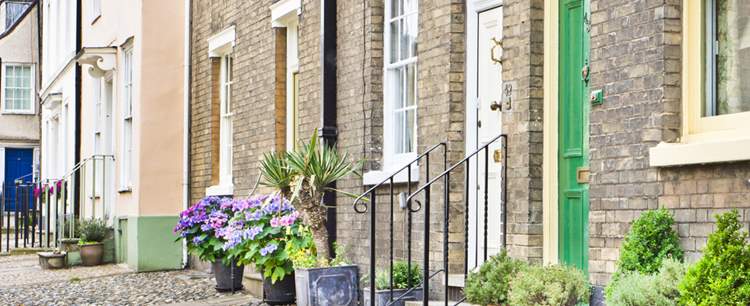The past 12 months have seen perhaps more than their fair share of challenges for landlords. Yet the overall picture for investors in property for the buy to let sector appears to be going as strong as ever – fuelled by increases in the cost of housing and continued demand for private sector rented accommodation.
Private rental sector – supply and demand
According to figures released by the Association of Residential Letting Agents (ARLA), the number of properties currently let by its members has reached an 18-month high. In September 2016, for instance, the number of properties available to the average branch of letting agents stood at 193, up more than 18% from the previous month, when the figure stood at 183.
This comes at a time when the average number of properties being managed by any one branch had fallen to as low as just 171 properties at one stage during the past 12 months.
On the demand side of the equation, there has been a similarly positive outlook. ARLA figures highlight there is an evident strengthening of demand throughout the year. In January 2016, for example, there was an average of 31 hopeful tenants registered with each branch, but by September, this had risen to 40 – an increase of nearly 30%.
Brexit
Probably the most significant event in the past few months has of course been the Brexit decision. With respect to its anticipated effect on the business of buying to let, landlords appear to be roughly as divided as the rest of the voting population in the referendum.
According to a survey conducted by the National Landlords Association (NLA) and published on the 11th of October 2016, 39% of landlords appeared to be in favour of the decision, which they saw as unlikely to have an impact on their business, whilst 35% believed there would be a negative impact.
Outside of Europe or within it, of course, people still need somewhere to live – and those housing opportunities are being filled by a growing private rented sector.
Tax and legislation
The current health of the buy to let market has been no thanks to government intervention, many landlords might argue.
Most controversial was the decision by the then Chancellor of the Exchequer in his budget of 2015 to remove tax relief from mortgage interest payments made by buy to let investors. The changes begin to take effect from March of 2017 and are scheduled to take four years to implement fully.
Another financial blow came in the shape of the decision to increase stamp duty on the purchase of properties that are not intended to be the buyer’s principal place of residence – second homes or buy to let investments. The additional 3% in stamp duty is a further financial burden on landlords, many of whom consider it an unreasonable imposition which is not shared by owner occupiers.
Further discrimination was seen in the decision to reduce the burden of capital gains tax for owner occupiers but not for the owners of buy to let property. Whilst the former enjoy a capital gains tax regime of 10% at a basic rate, for landlords it is double that amount at 20% – as reported by the Daily Mail newspaper on the 16th of March 2016.
Regulation
To these financial challenges have been added further regulations affecting the way landlords run their business – and potentially increasing their costs.
These include new regulations on the installation of smoke alarms and carbon monoxide detectors – which came into effect in October 2016 – and the obligation for landlords to verify that tenants and members of their household have the appropriate immigration status to give them a Right to Rent.







